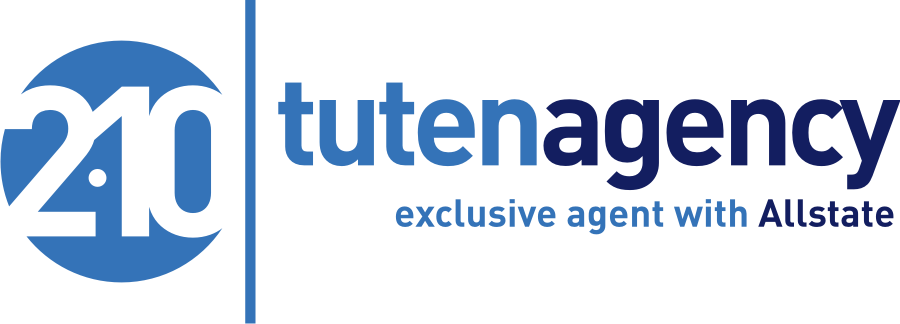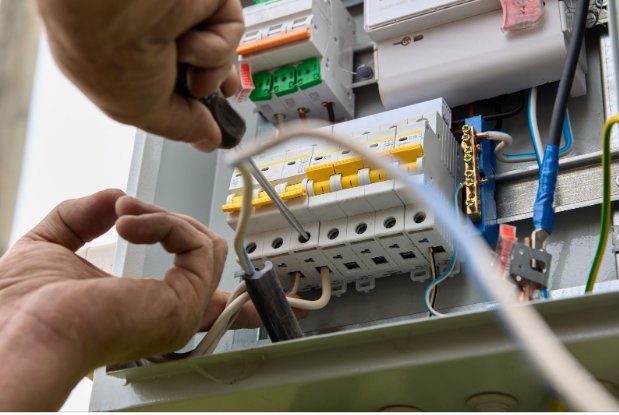Homeowners insurance can often seem overwhelming, especially when trying to grasp which damages your policy covers. Queries regarding electrical wiring coverage are particularly common among homeowners due to its essential role in ensuring a home’s safety and functionality.
This article seeks to clarify the coverage of wiring under homeowners insurance, paying special attention to particular types like knob-and-tube and aluminum, and providing safety advice to keep your electrical system safe.
Homeowners Insurance Coverage for Wiring
Homeowners insurance typically includes dwelling coverage, which protects the structure of your home and integral components, including the electrical system. If your wiring suffers damage from covered perils such as fires or storms, your insurance policy will likely cover the repairs.
However, it’s important to note that insurers often exclude coverage for problems arising from faulty workmanship or normal wear and tear. Furthermore, homes with outdated wiring types, such as knob-and-tube or aluminum wiring, might face difficulties securing or maintaining insurance coverage due to their increased risks.
Types of Wiring and Insurance Implications
Electrical wiring comes in various forms, each with specific implications for homeowners insurance. Let’s discuss knob-and-tube and aluminum wiring details, which commonly raise concerns among insurers.
Knob-and-Tube Wiring
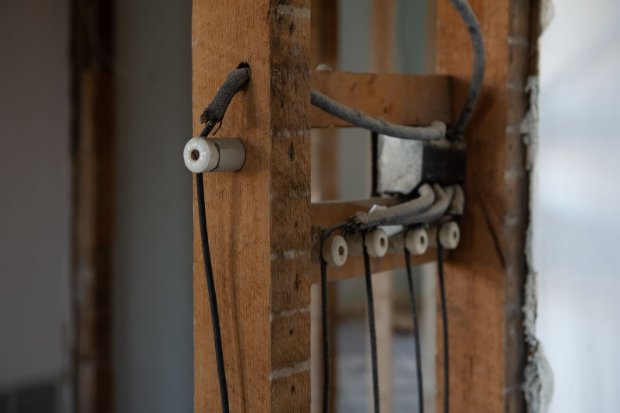
Used extensively in homes during the early 20th century, knob-and-tube wiring involves porcelain knobs supporting electrical wires and tube insulators guiding them through structural components. While not inherently dangerous if properly installed and maintained, knob-and-tube wiring is prone to deterioration. Its lack of a grounding wire and the potential for overheating, especially under insulation, increase the risk of electrical fires, making it less favorable in the eyes of insurance providers.
Insurance Coverage for Knob-and-Tube Wiring
Securing homeowners insurance for a property with knob-and-tube wiring can be challenging. Due to the heightened fire risk, some insurers may refuse coverage, while others might offer policies at increased premiums. Insurers that do provide coverage often require a comprehensive inspection report to assess the wiring’s condition and confirm its safety.
Aluminum Wiring
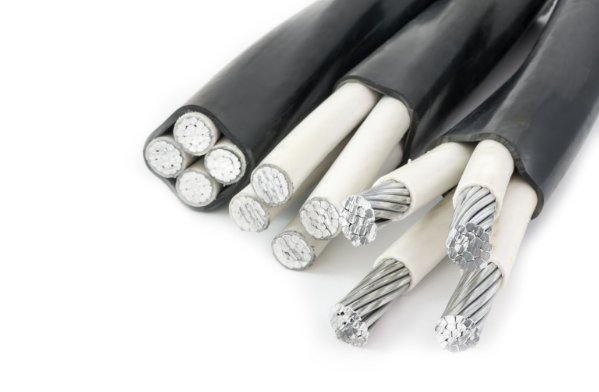
Aluminum wiring, prevalent in homes constructed between 1960 and 1980, is another type scrutinized by insurance companies. It’s more susceptible to wear and deterioration than copper wiring, leading to a higher risk of electrical fires. Like knob-and-tube, homeowners with aluminum wiring may face higher insurance premiums or difficulty obtaining coverage.
Coverage for Electrical Panels
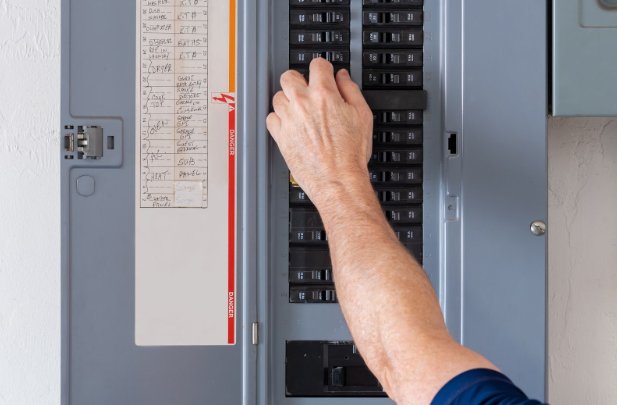
Electrical panels, the heart of a home’s electrical system, are generally covered under homeowners insurance if damaged by sudden and accidental events, like a fire or lightning strike. However, damages from aging or lack of maintenance are not covered, emphasizing the importance of regular electrical system upkeep.
Role of Home Warranty in Electrical System Protection
A home warranty plan complements homeowners insurance by covering damages resulting from everyday wear and tear, which insurance policies typically exclude. Home warranties can cover various electrical system components, from lighting fixtures and electrical panels to garage door openers and smoke detectors. However, limitations apply, such as exclusions for damages from power surges or circuit overloads.
Electrical Wiring Safety Tips
Maintaining electrical safety is paramount, whether you’re purchasing a new home or ensuring the safety of your current residence. Hiring a qualified electrician for a thorough inspection before buying a home can prevent future hazards. Homeowners should adhere to preventive measures such as not overloading outlets, replacing damaged cords promptly, and using correct wattage bulbs to minimize risks and ensure a safe living environment.
Summary
The scope of homeowners insurance coverage for wiring and taking proactive measures to ensure electrical safety is essential for any homeowner. While insurance can provide a safety net for unforeseen damages, combining coverage with diligent maintenance and safety practices is the best approach.
This dual strategy not only protects your investment but also ensures the well-being of your household. Remember, knowledge and preparedness are key to confidently navigating the complexities of homeowners insurance and electrical system maintenance.
FAQs
What specific events are covered by homeowners insurance for electrical wiring damage?
Homeowners insurance usually covers electrical wiring damage caused by events like fires, storms, and sometimes water damage, but not damages due to wear and tear or negligence.
How do insurance companies assess the risk associated with knob-and-tube or aluminum wiring?
Insurers assess risk based on the age of the wiring, its condition, and if it meets current safety standards. Homes with these wiring types may be considered higher risk due to their increased fire hazard.
What steps can I take to improve my chances of getting coverage for a home with outdated wiring?
Upgrading your wiring to current standards or getting a professional inspection that certifies its safety can improve your chances of getting insurance coverage
New tutenagency customers?
Quote homeowners insurance online or call (334) 502-5111 to insure your home.
Disclaimer: This content is for informational purposes only and should not be considered legal or financial advice. Always consult with qualified professionals in legal and financial fields before making any decisions.
